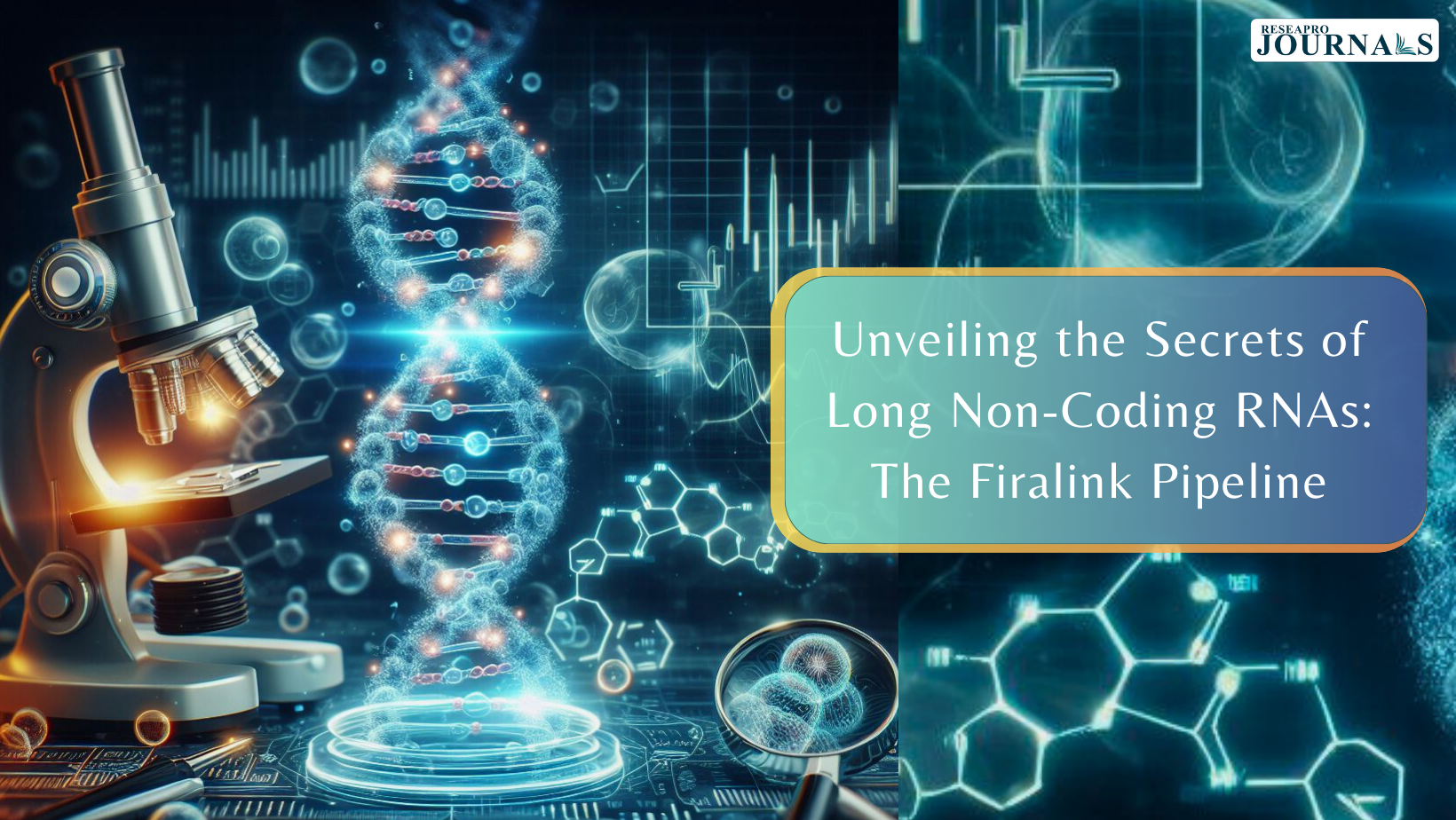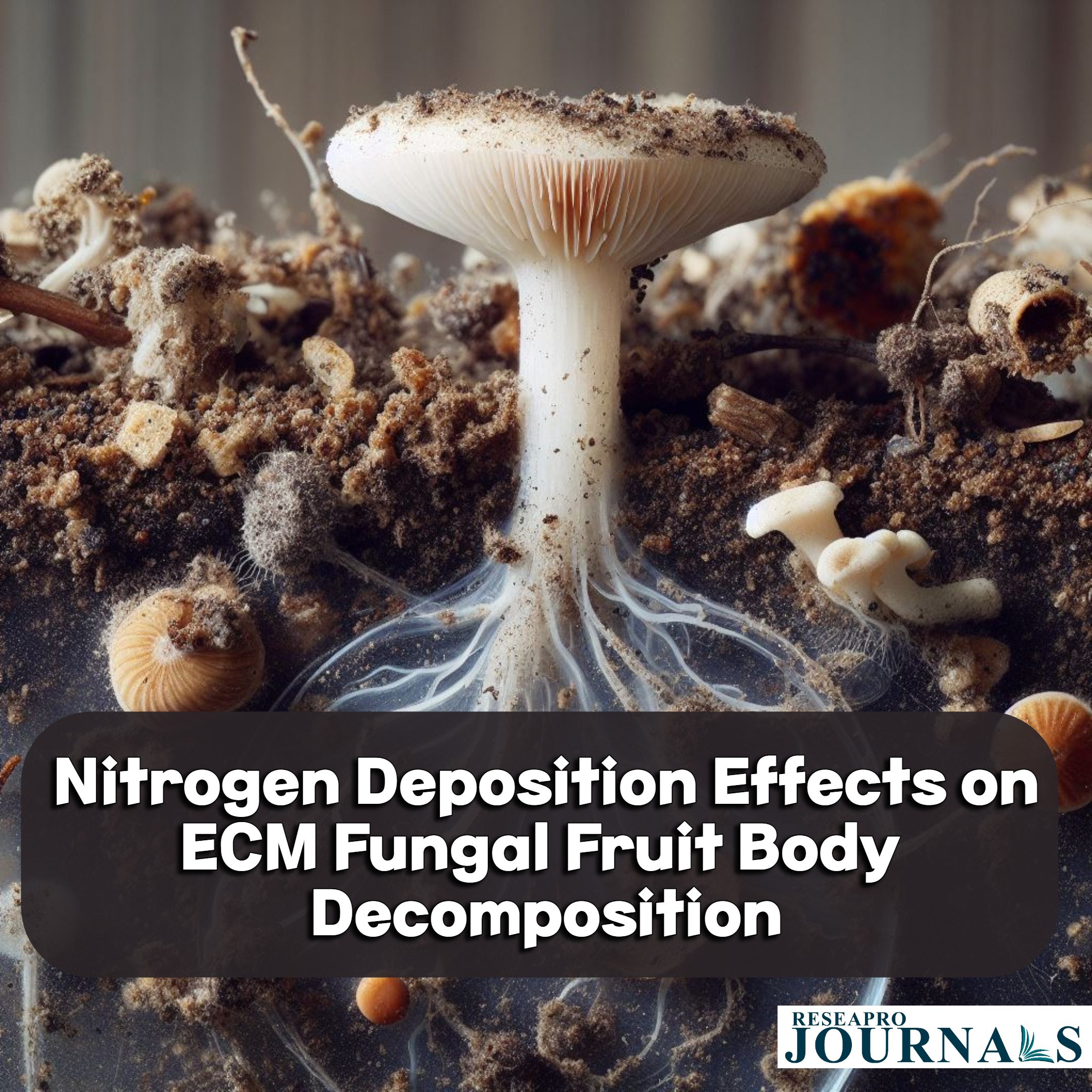Researchers have developed a new method for synthesizing metal halide perovskite high-entropy semiconductor (HES) single crystals at room temperature. This method is much simpler and more efficient than traditional methods, which require high temperatures and complex processing techniques. HES single crystals are excellent candidates for a range of functional materials, including solar cells, LEDs, and lasers. However, their traditional synthesis methods are too expensive and time-consuming for large-scale production. The new method developed by researchers at the University of Tokyo uses a solution-based approach to synthesize HES single crystals at room temperature. This method is much simpler and more efficient than traditional methods, and it can be used to produce large quantities of HES single crystals with high quality. The researchers believe that their new method could pave the way for the commercialization of HES single crystals and their use in a wide range of applications.
Related Posts

Unveiling the Secrets of Long Non-Coding RNAs: The Firalink Pipeline
Did you know that there’s more to our DNA than just genes? Long non-coding RNAs (lncRNAs) are mysterious molecules that play a crucial role in our health and disease. But analyzing these tiny players has been a challenge, until now! Introducing the Firalink bioinformatics pipeline, a game-changer in the world of lncRNA research. This powerful […]

Nitrogen Deposition Effects on ECM Fungal Fruit Body Decomposition
A study in an ECM-dominated forest examined the decomposition of ECM fungal fruit bodies over 20 weeks under varying levels of atmospheric nitrogen (N) deposition. Results showed that N addition initially accelerated mass loss, increasing labile component release. However, N addition hindered mass loss in later stages, leading to greater retention of labile and resistant […]
New method to Synthesize Nanosilica from Agricultural Waste Filtration
Researchers have developed a new way to synthesize spherical nanosilica materials from agricultural wastes such as bagasse and rice husk ashes. This nanosilica material is highly effective at removing methylene blue, a toxic dye, from water. The new method is much simpler and more cost effective than traditional methods for synthesizing nanosilica. It also uses […]
